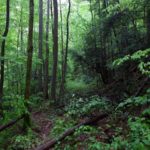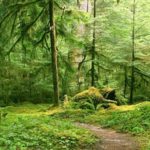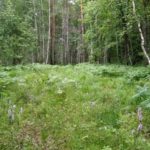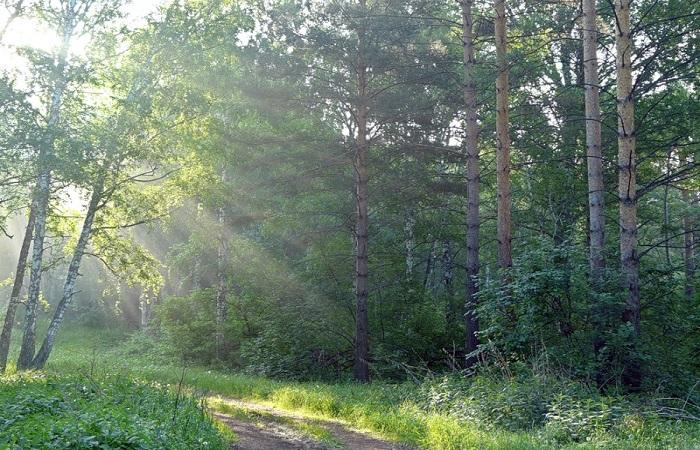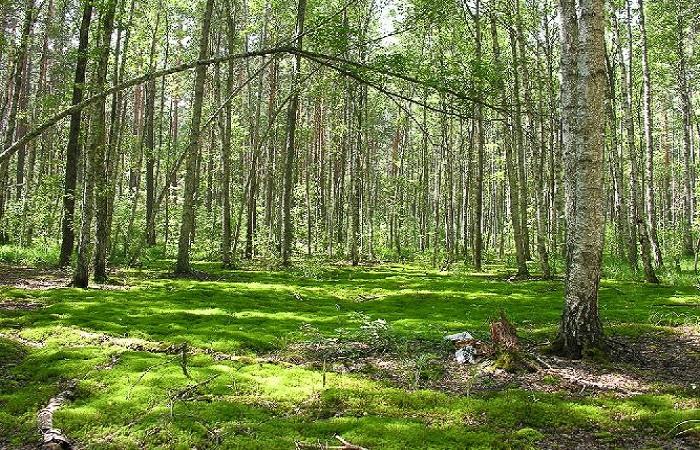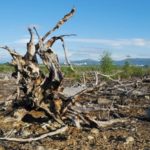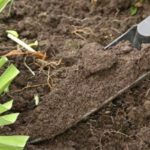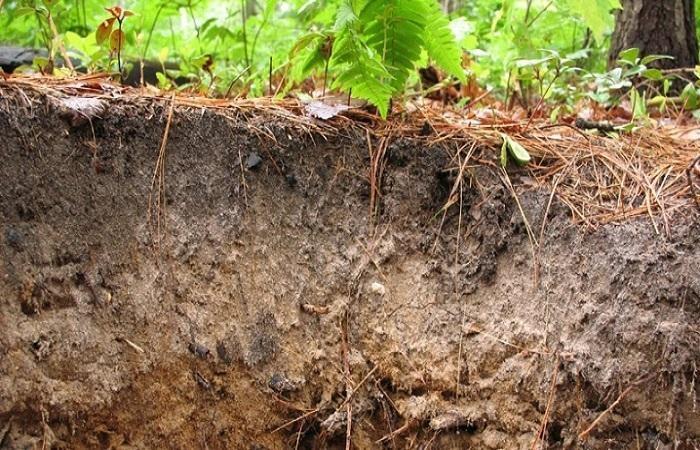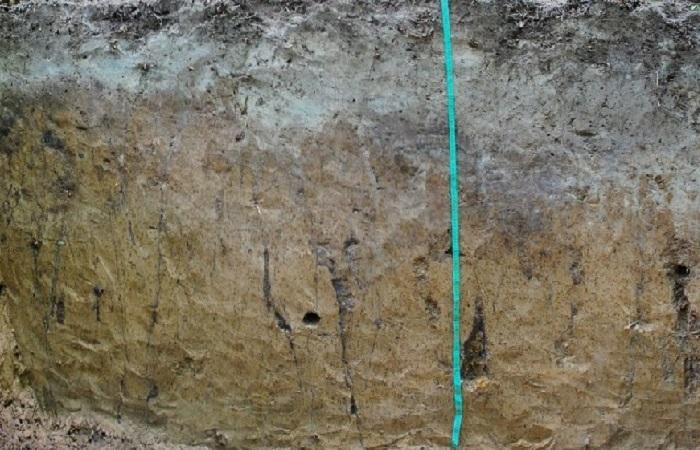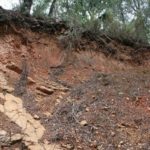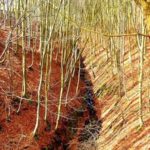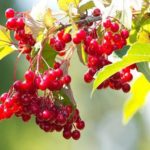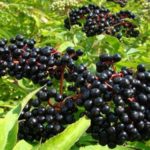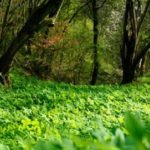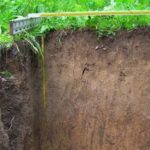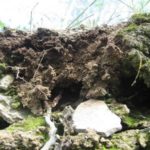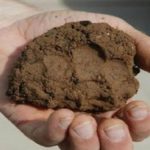The natural zone of mixed and broad-leaved forests is inferior in area to coniferous tracts. Moreover, this complex, formed in a warm and humid climate, is characterized by a significant diversity of flora and fauna. The soils of mixed and deciduous forests are characterized by different structures. They differ in fertility, vegetation and purpose.
Features of soils of broad-leaved and mixed forests
Coniferous-deciduous forests, which are located in the temperate zone, are distinguished by podzolic soils.They have pronounced humus horizons. This is due to the presence of a large number of herbs in this subzone. At the same time, living organisms that live in the ground mix litter with minerals. In this way, soddy-podzolic soils arise, which have a unique structure.
In the area of mixed forests, turf-gley types of soil are often found. They are characterized by gley and humus soil horizons. Such lands are located in areas of wet meadows and are characterized by waterlogging. Most often, these types of soil are located in the European part of the country and are characterized by a wide distribution zone.
Broad-leaved forests are found in the temperate zone. This zone may contain gray or brown forest soils, which are called brown soils. In the first case, the soil represents a transition from chernozems of steppe regions to sod-podzolic soils, which are characteristic of mixed forests. They form in a relatively warm climate with minimal humidity. This area is characterized by abundant vegetation.
In this area, significantly more plant residues are formed and the number of living organisms that live in the soil increases. This is why the humus horizon turns out darker and deeper. This area is characterized by persistent snow cover, which leads to some problems. In spring, snow melting turns into a real test for the soil, as it leads to its washing.
Such soils are characterized by uniform moisture throughout the year. This promotes slower and more uniform decomposition of organic matter. At the same time, humus acquires a darker color, and iron is washed out faster.
Where are they located?
Mixed forests are more typical for the zone of North America and the East European Plain. These regions are distinguished by relatively diverse soil composition. At the same time, soddy-podzolic soils predominate on the East European Plain, which can only form on loamy rocks.
Broadleaf forests are adapted to warmer climates. In North America they are found further south than mixed ones. In Europe, such forests form intermittent strips, which are located from the western part of Europe to the Urals. Moreover, the humus content directly depends on the type of soil in the region.
Common types
Mixed and broad-leaved forests are dominated by soddy-podzolic, forest gray and brown soils. Below are the characteristics of the main types of soil.
Sod-podzolic
Soddy-podzolic soils that form in forests are characterized by a small thickness of the forest litter. It is 2-5 centimeters. At the same time, the thickness of the remaining horizons is greater. In the upper layer of the humus horizon there are many grass roots, which creates a dense turf. The acidity parameters of the upper part of the soil are 4. At the same time, they decrease deeper into the soil.
Mixed forest lands are often used in agriculture. In the southern regions of Russia, more than 30% of the area is plowed. However, in the north this parameter is much smaller. High acidity parameters and pronounced leaching lead to difficulty in working.This also applies to partial swampiness and rockiness. To reduce acidity, liming is carried out.
In addition, a lot of mineral fertilizers and organic matter must be added to the soil. This helps improve fertility and increase yield.
Forest grays
These soil types are characteristic of inland regions - in particular, the center of North America and Eurasia. Such areas form islands. These lands are typical for regions with a continental climate.
In Eurasia, from west to east, climatic conditions are worsening. Moreover, in January the temperature at different points can fluctuate from -6 to -30 degrees. The frost-free period lasts 170-250 days. At the same time, summer temperature parameters are similar and amount to +19-20 degrees.
Such lands are formed under a large amount of vegetation. For the most part it consists of broad-leaved forests. These regions are characterized by varied grass cover.
Depending on the location, there may be aspens, birches, lindens and oaks. In the eastern regions there are also larches. The number of litter in such situations is quite large. In this case, the soil receives a lot of ash components, the main one of which is calcium.
Such a climate can be considered favorable because it improves the development of living organisms in the soil.As a result, plant residues are transformed more actively than in sod-podzolic soil. This is due to a thicker humus horizon. At the same time, some of the plant residues are still not destroyed, accumulating in the forest litter.
Gray forest soils have 3 types, each of which has its own properties. They come in light grey, gray and dark grey. Differences in color are associated with the shade of the humus horizon. The darker it is, the more power increases. At the same time, the leaching of such soils is reduced.
Gray forest soils are considered more fertile than soddy-podzolic soils. They often grow cereals, fodder crops, and garden plants.
At the same time, gray forest soils also have disadvantages. Such lands have been used for many years, which negatively affects their fertility. In addition, such soils are susceptible to erosion, leading to their destruction.
Brown
Such soils are formed in areas whose main characteristic is a mild and humid oceanic climate. These soils affect western Europe, the Carpathians, Primorye, and the Caucasus. They are also found in the Atlantic part of North America.
In the area where brown forest soils are located, there is a lot of precipitation - up to 650 millimeters per year. However, the bulk of it occurs in the summer. This means that the soil is washed within a relatively short period of time, since the climate is quite mild, and high humidity helps to intensify the processes of transformation of organic matter.
Soil microorganisms contribute to the mixing of the main part of the litter. Due to this, a humus horizon is formed. It is considered not very dark and has poor differentiation.With proper fertilization, such soils allow you to get a good harvest.
Vegetation
In the zones of broad-leaved and mixed forests there are different trees - aspen, linden, birch. Also, many shrubs grow in these places - viburnum, raspberry, elderberry. There are also many herbs found here. Moss is present in damp and shady places. A lot of mushrooms grow in such forests. There are also berry crops - strawberries, blueberries and others.
Ecological problems
Most problems are related to human activity. These include water, soil and air pollution. This negatively affects the climate, which, in turn, affects the state of flora and fauna. For example, a pronounced decrease in temperature leads to the destruction of tree bark, and extreme heat leads to forest fires.
Application
Such soils are used for various purposes. The main areas of their use include:
- growing plants;
- pastures;
- hunting grounds;
- haymaking.
The soils of mixed and deciduous forests are characterized by amazing diversity. Thanks to this, they can be used in agriculture or to solve other problems.

